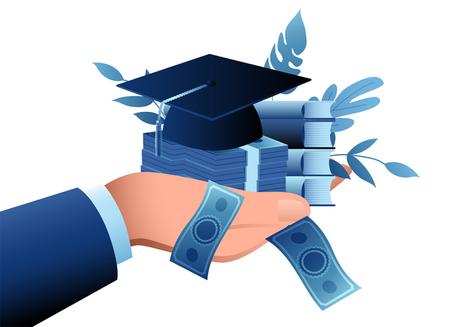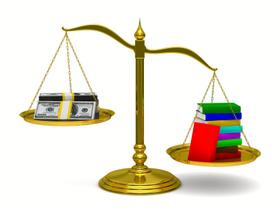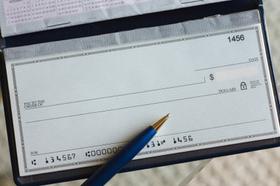Private education is a significant investment in a child's future, but the cost can often seem daunting to many families. I can attest to this personally when I opened the invoice from my eldest daughter's preschool. "How am I going to pay this?" was my first reaction. I had similar reactions over the years as both daughters attended private schools before heading off to college. Disclaimer: I am not a Boston Kennedy! Simply a middle-class Kennedy of Scottish ancestry.
Anyway, I have assembled this compilation of my articles to help demystify the complexities of private school tuition. I also wanted to give you some practical strategies for making a private school education more accessible. From understanding the factors that influence tuition costs to exploring various payment methods and financial aid options, I've mapped out a comprehensive overview of how to pay for a private school education. So, whether you're a parent considering private school for the first time or seeking ways to manage existing tuition expenses, hopefully, I can help you make informed decisions about financing your child's education.
Chapter 1
Understanding Private School Tuition
Private school tuition is a complex topic beyond a simple price tag. Each school's tuition is unique, reflecting its specific expenses and revenue sources. To truly understand tuition, we must delve into the factors influencing it and what it covers.
The Basics of Tuition Calculation
At its core, tuition is the amount a school charges for educating a child. It's a crucial part of a school's













-4c3194pi4wis8gsg004w0g44w-280.jpg)


















